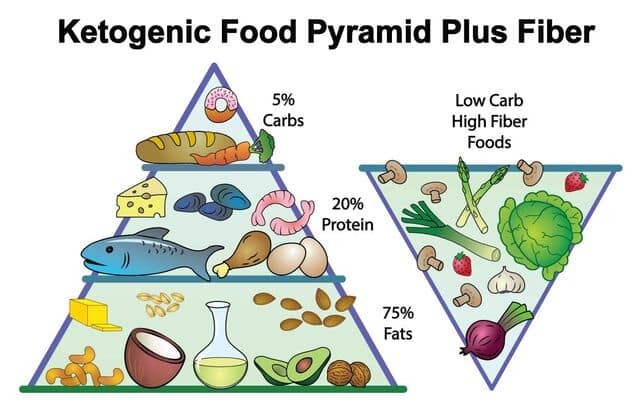The Ultimate Guide to Worcestershire Sauce on a Keto Diet: Everything You Need to Know
Worcestershire Sauce on a Keto Diet
Delve into the world of Worcestershire sauce on a keto diet with our ultimate guide. From its history and ingredients to its impact on ketosis and delicious keto-friendly recipes, this comprehensive article has everything you need to know about incorporating Worcestershire sauce into your low-carb lifestyle. Whether you're a seasoned keto enthusiast or just starting out, this guide offers valuable insights and practical tips to elevate your culinary experience.

What is Worcestershire Sauce?
Worcestershire sauce is a popular condiment known for its savory and tangy flavor. It has a rich history dating back to the 19th century and originates from the city of Worcester in England. The sauce was first created by chemists John Wheeley Lea and William Henry Perrins, who developed the recipe based on a sauce they had encountered during their travels in India.
The key ingredients in Worcestershire sauce include vinegar (usually malt vinegar), molasses, anchovies, tamarind extract, onions, garlic, and various spices. These ingredients are fermented and then aged to develop the complex flavors that Worcestershire sauce is known for.
In cooking, Worcestershire sauce is commonly used to enhance the umami flavor in dishes such as stews, marinades, and meat-based recipes. It can also be used as a flavoring agent in cocktails and as a condiment for dishes like Caesar salad and beef jerky.
Is Worcestershire Sauce Keto Diet-Friendly?

When following a keto diet, it's essential to be mindful of the carbohydrate content in condiments and sauces. Worcestershire sauce typically contains a small amount of carbohydrates, with around 1 gram of carbs per tablespoon. While this amount is relatively low, it's still important to factor it into your daily carb allowance on a keto diet.
In terms of its impact on ketosis, Worcestershire sauce is generally considered keto-friendly when used in moderation. The small amount of carbs is unlikely to kick you out of ketosis, especially when used as a flavor enhancer in recipes.
For those looking to minimize their carb intake even further, there are keto-friendly alternatives to traditional Worcestershire sauce available. These alternatives are often sweetened with natural sugar substitutes like stevia or erythritol, making them suitable for a low-carb lifestyle.
Incorporating Worcestershire Sauce into Keto-Friendly Recipes
There are numerous keto-friendly recipes that incorporate Worcestershire sauce to add depth of flavor. From keto-friendly BBQ sauce to marinades for grilled meats, Worcestershire sauce can be a versatile ingredient in low-carb cooking.
One popular keto-friendly BBQ sauce recipe includes Worcestershire sauce, apple cider vinegar, and a brown sugar substitute, such as erythritol or monk fruit sweetener. This combination creates a tangy and slightly sweet sauce that pairs well with grilled chicken, pork, or beef.
When using Worcestershire sauce in keto cooking, it's important to be mindful of portion sizes to keep track of your carb intake. Additionally, pairing Worcestershire sauce with other keto-friendly ingredients like garlic, mustard, and herbs can elevate the flavor profile of your dishes without adding significant carbs.
Conclusion
In conclusion, Worcestershire sauce can be a valuable addition to a keto diet when used mindfully. Its rich umami flavor can enhance a wide range of keto-friendly recipes, from marinades to sauces. By being aware of its carbohydrate content and opting for keto-friendly alternatives when necessary, you can enjoy the depth of flavor that Worcestershire sauce adds to your low-carb culinary creations.
When incorporating Worcestershire sauce into your keto lifestyle, remember to prioritize portion control and choose recipes that align with your dietary goals. With its versatility and distinct taste, Worcestershire sauce has the potential to elevate your keto cooking experience and add a delicious twist to your favorite dishes.
For more info CLICK HERE




